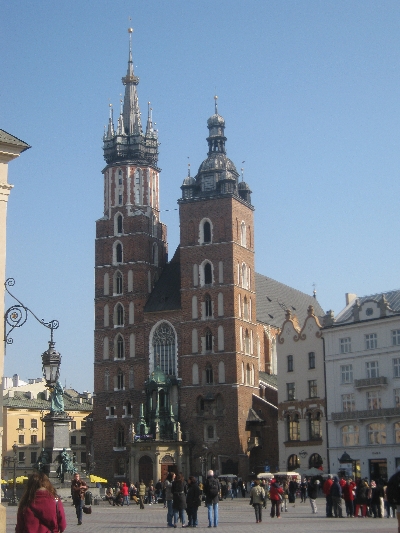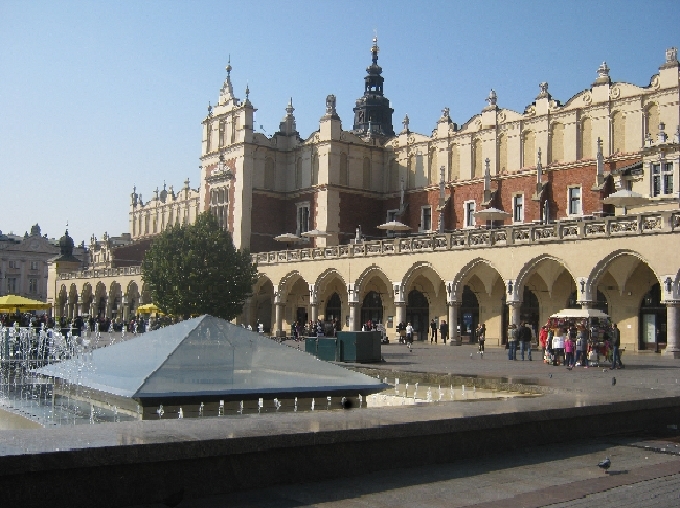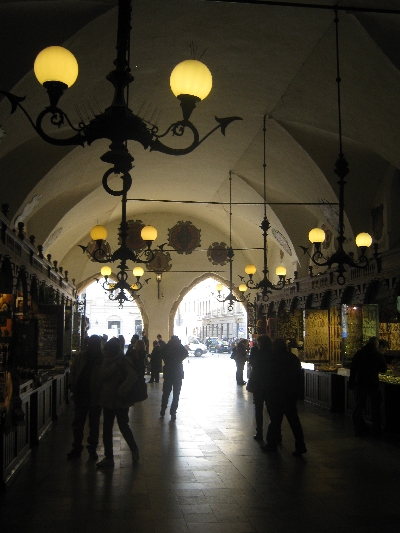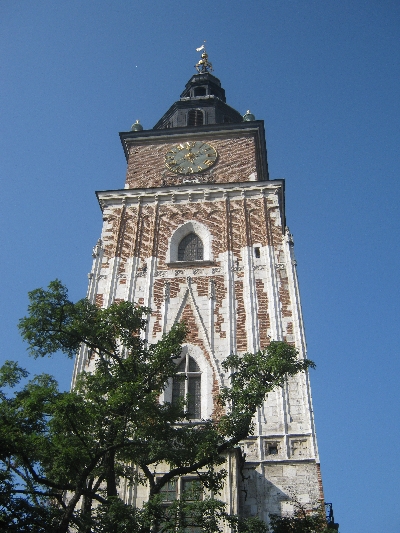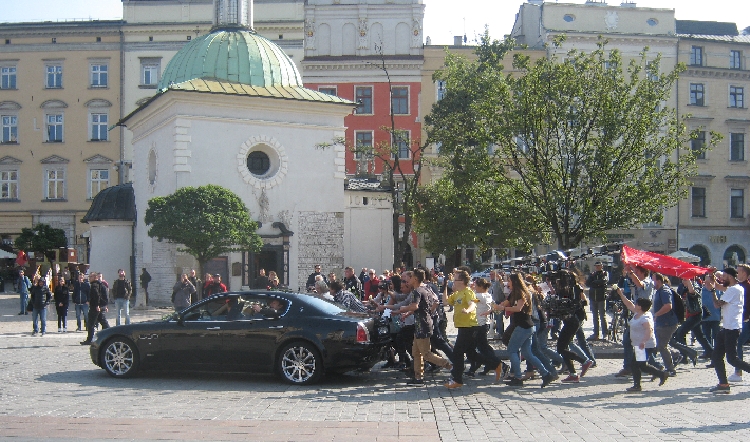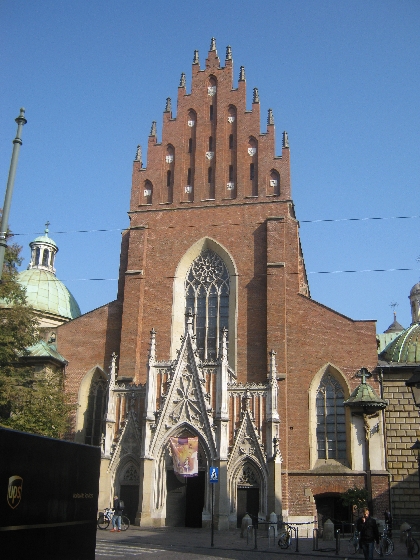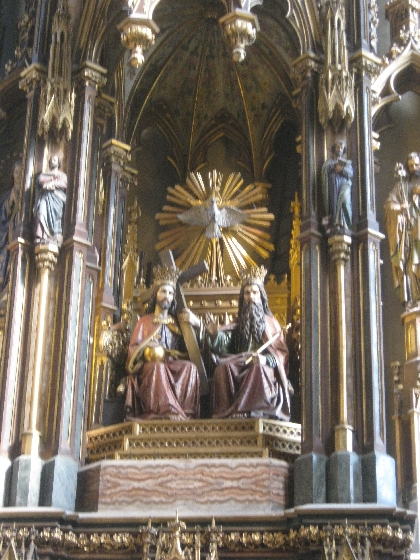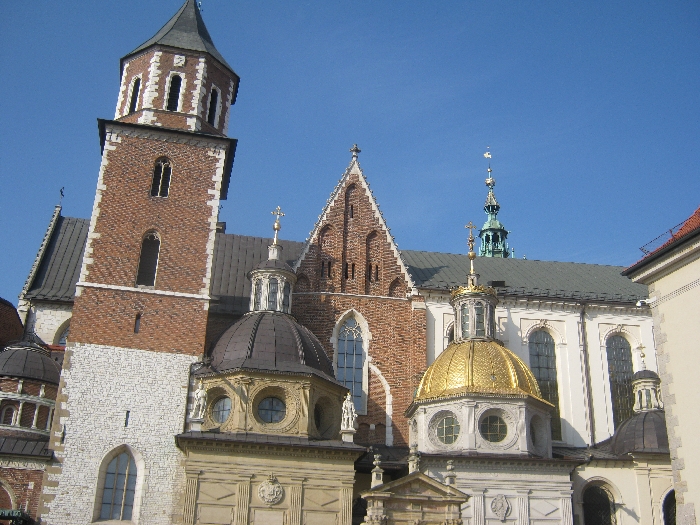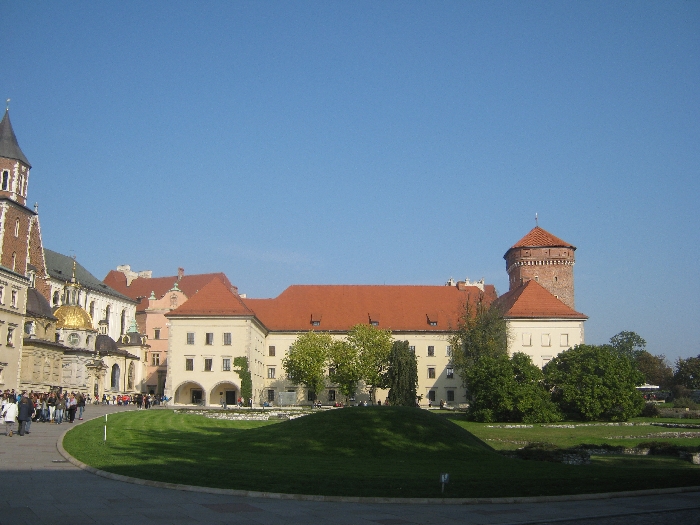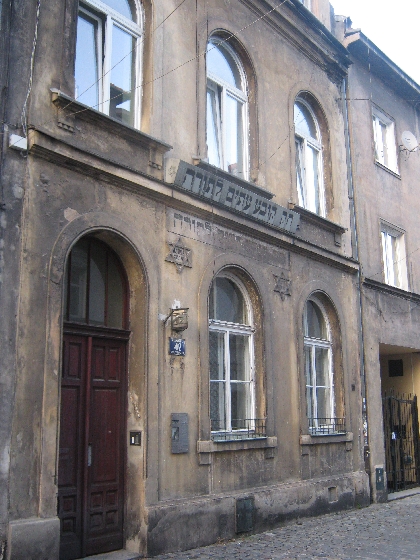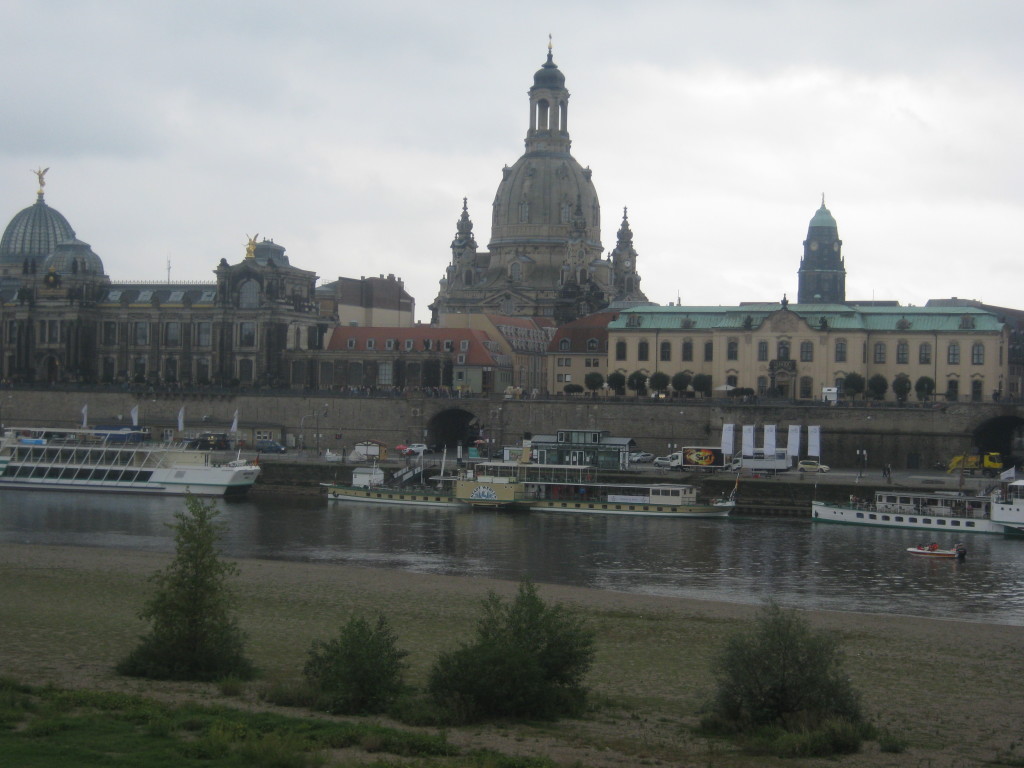
The Masurian lakes are located in the far north-east of Poland, not far from the border with Belarus, Lithuania and the Russian enclave of Kaliningrad. They consist of a series of moraine-dammed lakes, interconnected by a number of short, man-made canals. There are only two locks, both at the southern extremities of the navigable system.
The area has been popular for boating and sailing since the early 1920s. It is an amazing natural paradise and motor boats are prohibited from some areas, in order to protect the flora and fauna.
Mikolajki, where Marina Miko is located, lies at the centre of the lakes area. It is one of the main centres for visitors to Masuria, with a variety of hotels, apartments for rent, boatyards and restaurants.
When we finally arrived at Marina Miko, following our ‘interesting’ and expensive taxi journey, we were met by Magda and Jacek. Magda spoke virtually word-perfect German and some English. Jacek had some English. So most of our handover procedures and instruction, was conducted auf Deutsch, with translation back into English by Sybille, when I didn’t completely understand the German, and translation into Polish by Magda for Jacek, when Sybille asked something on our behalf, auf Deutsch 🙂
We discovered that we were not only, the sole hire boat leaving the marina that day, we were also the very last hirers of the 2015 season, even though the hire brochure states that there is availability for two further weeks, until the end of October. Magda suggested that we must be pretty hardy characters to be boating in mid-October in northern Poland, bearing in mind that the maximum temperature that day was 6° Celsius.
Two things were made to clear to us. Because of the lack of rainfall over the summer months – Poland having experienced in July and August, similar heatwave and drought conditions as the Czech Republic, water levels were up to one metre lower than normal. This meant that the whole south-eastern area, including Lake Sniardwy, the largest lake in Poland, together with the canal and lock leading to the town of Pisz, were off-limits because of the lack of sufficient depth of water. A number of other little bays off other lakes, were also unavailable for cruising, for the same reason.
Secondly, because it was the end of the boating season, there were now only a few places where we could moor overnight and have access to electric power and water. These were duly marked on our cruising map.
Fortunately, the good ship ‘Mamry’, our home for the following week, had a very effective gas-fired hot air heating system, which had been switched on for a few hours in advance of our arrival. However, after a brief instructional cruise, we tied up once more at Marina Miko, allowing us to take full advantage of the onshore facilities – shower and toilet, together with a 240 volt electric connection for the boat. That evening, we walked over the footbridge into the main part of Mikolajki, having our evening meal in a restaurant that declared itself to be ‘Russian friendly’, but only in English!

The next morning, Sunday 11th October, we set off to cruise northwards to Gizycko, where we were assured that Ekomarina was still fully operational.

First, we had to pass through three bridges that link the two halves of Mikolajki – a footbridge, a road bridge and a railway bridge.

Then we cruised along Lake Talty……

…..before entering the first of four, fairly short canals, that link three small intervening lakes.

On the way, we met this motorised yacht.

The last of these four canal sections, is both the longest, at 2360 metres, and also has a 90° bend, as well as having some beautiful Autumn colours.

We then cruised the length of the much larger and longer Lake Jagodne, before arriving at this bridge, which spans a 100 metre long canal linking to the next lake, Lake Boezne.

Then came the village of Rydzewo on our right…….
……before we set out to cross Lake Niegocin and reach Gizycko.

Having moored on one of the floating pontoons at Ekomarina, we went to the marina office to announce our arrival. On payment of 54 zloty/CZK 350, we were allowed to connect to mains electricity, given swipe cards that allowed access to onshore toilets and showers, and which also gave access to another room with a washing machine! We decided to take full advantage!

That evening, we were treated to a most beautiful sunset……..

..…after which, we headed into Gizycko, past these beautifully lit fountains, to find a bar-restaurant for our evening meal.


